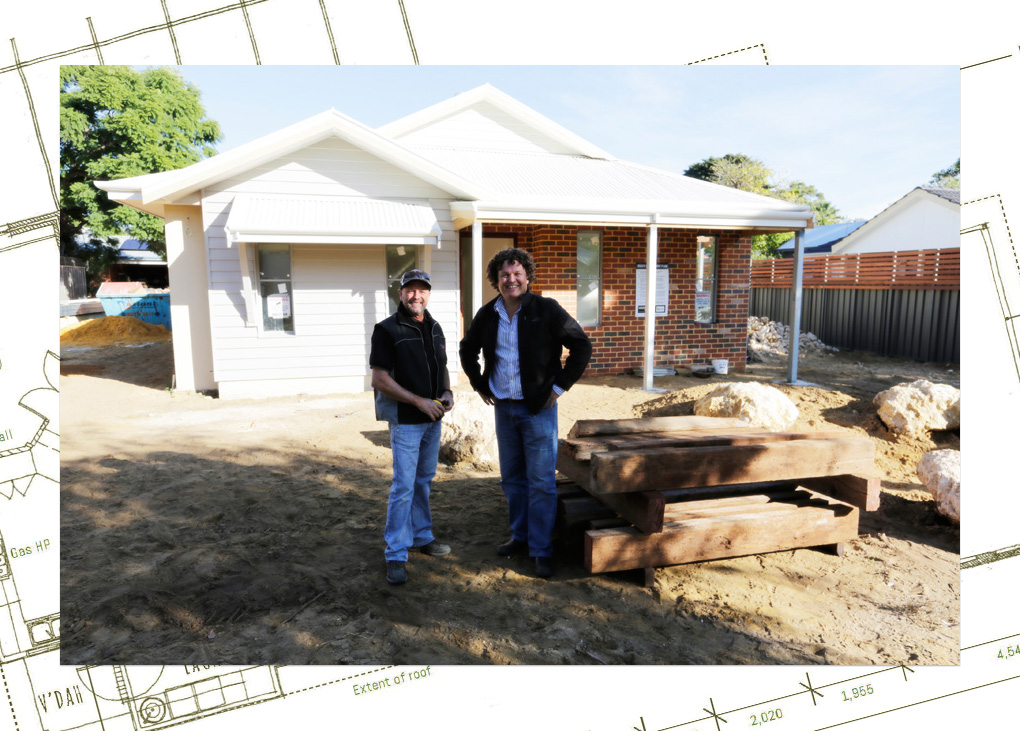New research has highlighted that the current housing market is slow to pick up on easy opportunities for improved energy efficiency and thermal comfort.
The CRC for Low Carbon Living and Curtin University’s Dr Josh Byrne worked with industry bodies and government to provide a net zero energy home in Melbourne, Townsville, Canberra and Perth for potential buyers to view.
Each home was designed to mitigate the local climate, save energy, remove reliance on gas, and to use rooftop solar to meet the same, or more, of the average annual energy demand.
The average costs for the net zero energy homes researched were between 6–11 per cent ($20,000) higher than standard homes, and offered about 88 per cent energy cost savings annually.
It is estimated that the better insulation, high-performance glass, increased shading, efficient appliances and solar energy systems used would pay back the extra cost in about 10 years.
Dr Byrne says the mindset and situation of buyers proved to be a barrier.
“First home buyer budget limitations and the fact banks don’t lend on future savings were flagged as market uptake issues by builders in the study,” says Dr Byrne.
He also pointed out that many investor-buyers were not concerned about the types of homes in which they put their renters.
Another well‐known obstacle for high-performance housing in Australia is the perception that there is limited demand and that it is a niche market. The research has clearly demonstrated the financial feasibility for net zero energy housing because it removes the bottom‐line argument. This should make it an attractive proposition for stakeholders.
Dr Byrne says there is no reason for future residential developments not to be zero energy homes.
“More work is required to educate the public, the industry and governments to make this business as usual,” he says.
Throughout the study various design scenarios were reviewed. Construction and running costs were analysed, then potential buyers surveyed.
A detailed design review and cost analysis were released with the findings, and a four‐part video series was also released. The study on understanding customer interest is continuing.
Feature image is from here.



Leave a Reply